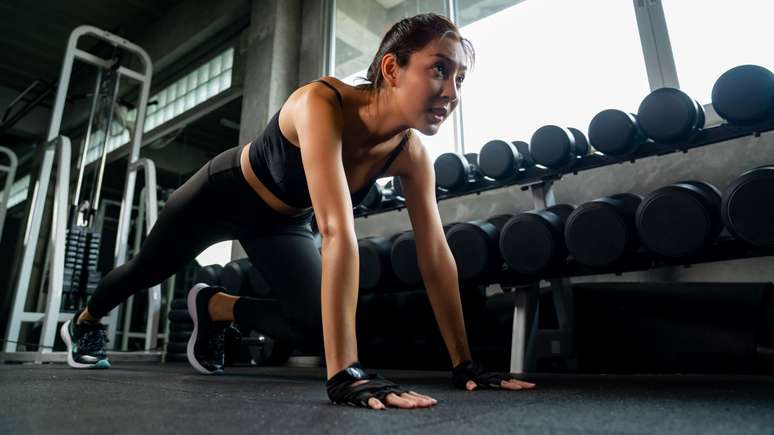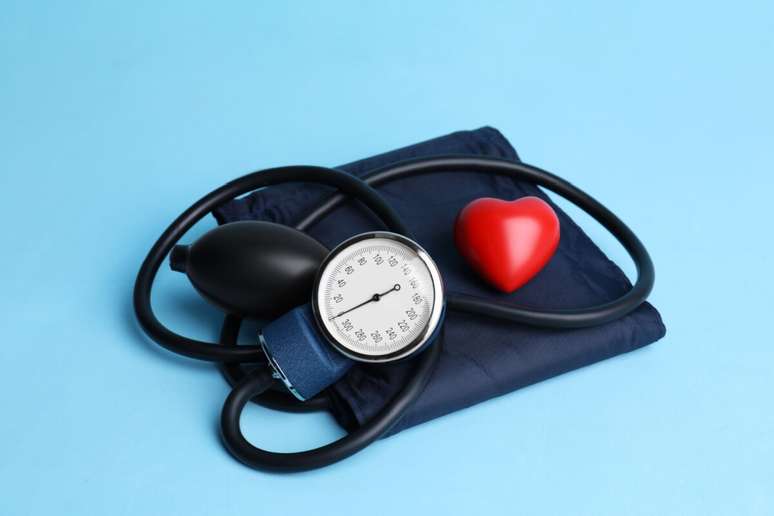Specialist shares the guidelines to optimize training according to hormonal variations during the menstrual cycle
Over a menstrual cycleThe female body crosses hormonal oscillations that influence energy, strength, resistance and even concentration and emotional well -being. Physical performance are mainly guided by two hormones: estrogen and progesterone. Dominated by the fall of estrogen and the increase in progesterone, many women report greater indisposition for exercise and also greater tiredness.
According to Camila Midori, Namu physical educator, health platform and well -being, understanding how the phases of the menstrual cycle affect our daily life is essential to make the necessary changes, including training routines. “Adaptations during the menstrual period do not mean training less, but more strategically. Understanding of hormonal variations and the way they influence performance can bring significant gains into sporting practice and in the general quality of life,” he explains.
In addition, the impacts of hormonal oscillations during menstrual cycles go beyond physical performance. A survey on digital health has shown that 89.3% of women report the effects of menstruation on the levels of productivity of work, while 77.2% perceive changes in concentration. The study also indicates that the functional capacity of women is influenced by the cycle phases, with less performance in the menstrual phase. On the other hand, regular exercise can reduce the symptoms of PMS up to 30%, strengthening the importance of movement as an ally of health.
Having said that, the expert listed the best activities with an ideal intensity and type for each of the four passages of the menstrual cycle:
1. Menstrual phase (1st on the 5th day)
With the fall of the hormones of estrogen and progesterone, it is common feeling fatigue, menstrual cramps, mood changes and emotional sensitivity. Even with discomfort, exercise will be extremely important to reduce the symptoms of this period. “This period requires low intensity activities, such as walks of light, yoga and lengthening, which help in blood circulation and breed cramps without requesting excessive effort,” he underlines.
2. Follicular phase (from 6th to 14th day)
According to the expert, an increase in the favors of estrogen increased energy and arrangement, the improvement of mood and muscle recovery. This is the perfect phase to increase the level of your workouts. If during menstruation you have chosen to remain calm, lighter, now it’s time to explore a little more. “This is the ideal time for more intense activities, such as bodybuilding and functional training, which can be used to earn strength and resistance, and it is a great time to challenge yourself to go a little further in training,” he explains.
3. Ovulatory phase (from 15th to 17th)
At this stage, hormones reach their peak, with the consequent height of the will of physical activities, with a significant increase in energy, strength and arrangement. Women who feel most arranged can take advantage of the phase for maximum practical activities such as HIIT, high performance race, explosion sports and bodybuilding. Already those who do not feel so arranged during ovulation, the orientation is to continue training with intensity adjustments in their training and rethinking the choice of sport, if necessary.
4. Lutea phase (from 18 to 28th day)
In the last phase, the fall of estrogen and the increase in progesterone can generate tiredness, fluid retention and mood changes. It can also generate an increase in appetite and the desire for sweets, as well as greater effort, tiredness and indisposition. Therefore, the educator recommends investing in more moderate and low impact activities that allow you to carry out without overloading the body, such as walks, pilates, swimming and stretching. “For lovers of bodybuilding, the practice will require to decrease loads, series or even repetitions. Everything to remain active always thinking about your well and without overloading the body,” he says.
Source: Terra
Ben Stock is a lifestyle journalist and author at Gossipify. He writes about topics such as health, wellness, travel, food and home decor. He provides practical advice and inspiration to improve well-being, keeps readers up to date with latest lifestyle news and trends, known for his engaging writing style, in-depth analysis and unique perspectives.





-1iukdqb6yt84h.jpg)


